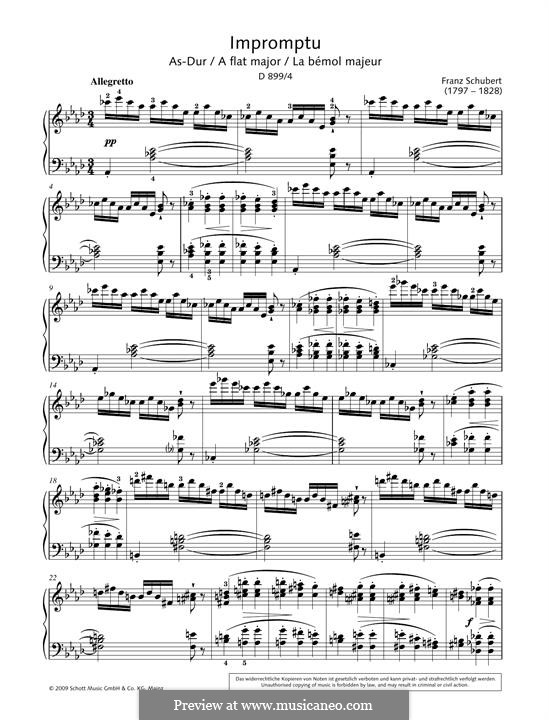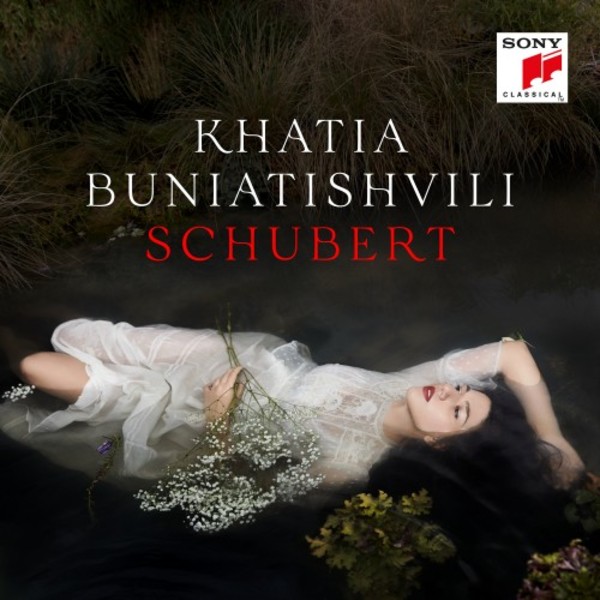

The most debatable issue, to begin with, is the legato that forms the RH melody. Do not be fooled into thinking it’s just a series of chords! Sometimes it even challenges the RH – see bar 38 for a perfect example of this. The LH needs to support and colour the RH. The LH needs to act as a foundation upon which the RH can rest.

The perfect balance between the melody and the accompaniment is hard to achieve, as is the balance between the RH and the LH. In my mind, this is the key of stillness and benediction (the idea of keys and their meanings is the topic of another article entirely).Īt first glance, this piece might seem fairly simple to play, but appearances are most deceptive. Originally published in G major and in 4/4 (Schubert’s publishers deemed it too difficult to play in G flat), it is now always played in G flat. He was, of course, the master of Lieder, and this is how you should view this Impromptu. As a melodist, Schubert remains unsurpassed and this exquisite and deeply poignant Impromptu is the perfect example of his melodic genius.

This sublime piece is surely a forerunner of Mendelssohn’s Songs without Words. And then there is the strong, distinctive blue profile: (almost) all of the Urtext editions are bound in the characteristic blue cardboard.Learning Tip Learn the whole piece in block chords first The Urtext editions not only provide the undistorted and authoritative musical text but are also aesthetically pleasing, optimised for practical use and extremely durable. Henle Publishers stands for Urtext sheet music of the highest quality.


 0 kommentar(er)
0 kommentar(er)
